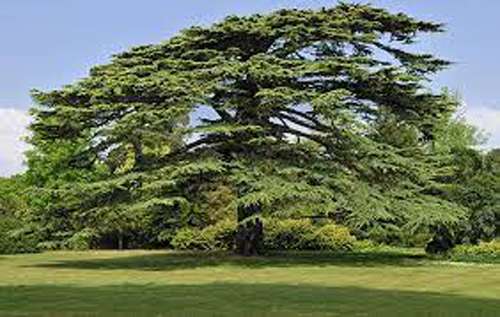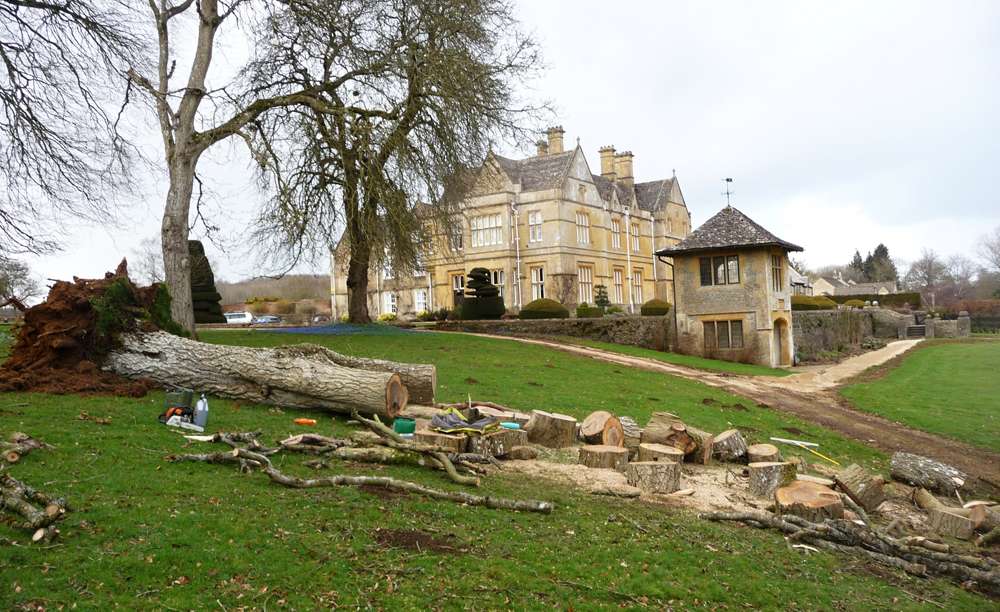
Planting for the Future
The National Trust of Britain owns over 200 historic houses and 47 castles among other sites of national importance and interest. Most of those properties have associated parkland in which many fine trees have reached their full maturity, but there was a time when those trees were mere saplings, planted by the original, well-to-do owners of the estates. Those owners were planting trees, not for their own enjoyment, for they knew the trees would not mature in their lifetimes, but for the enjoyment of their grandchildren. In that respect, they were investing in the future.
Though our eight acres are a far cry from the original Brockhampton Park estates and those of surrounding landowners, we nevertheless have inherited some beautiful trees. Unfortunately, in the last few years, we have lost several of the most magnificent to malignant root fungus and winter gales and will yet lose more, if storms become more frequent and severe in Britain, as suggested by the climate change science. We live in the windiest temperate forested area in the world and are sometimes subjected to catastrophic winds. The recent storm Arwen, brought down swathes of trees across the north of England and Wales, including some of the most exceptional specimens in the National Trust’s care. Over fifty of them in the world famous Bodnant garden in north Wales.
Indigenous British trees have also been assailed in recent years by continental blights, for instance, Dutch elm disease, the horse chestnut canker and, more recently ash die-back. We have a number of mature ash trees along Park Lane and around the lake, currently suffering from die-back. Eventually, they will have to be felled for safety’s sake.
A detailed tree survey was conducted in 2020 to identify arboricultural and safety work needed by our tree stock. Phase 1 of that work around the perimeter of the property has been completed and phase 2 is about to begin with further deadwooding.
To mitigate the attrition of our tree stock, we have begun planting new saplings, to replace lost trees. It is the intention to replace any removed tree with a native species that may enhance the biodiversity of the park. Proposals include considerations of Local Biodiversity and Habitat Action Plans. We have made a start with just three new trees this year, two of which have now been planted. You might say it is a small investment in the future.
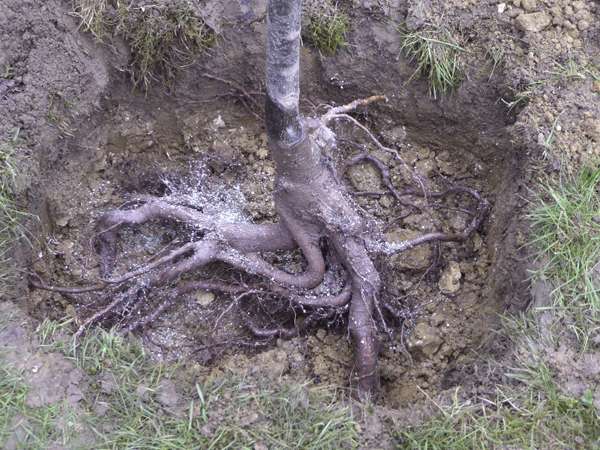
The roots of a Small Leaf Lime (Tilia Cordata) sapling planted to the east of the drive to replace a downed tree. Limes are an indigenous tree with small greenish yellow, scented flowers in summer. Attractive to beneficial insects.
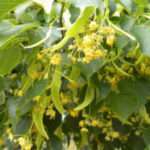
Andy Doyle, arborist, sprinkles the tree’s roots with mycorrhizal fungi. Within a month, these will create an entire secondary root system that will support the tree for its lifetime, increasing water and nutrient uptake. There is increasing evidence in forestry research that fungi such as these play a large part in healthy tree growth in natural ecology.
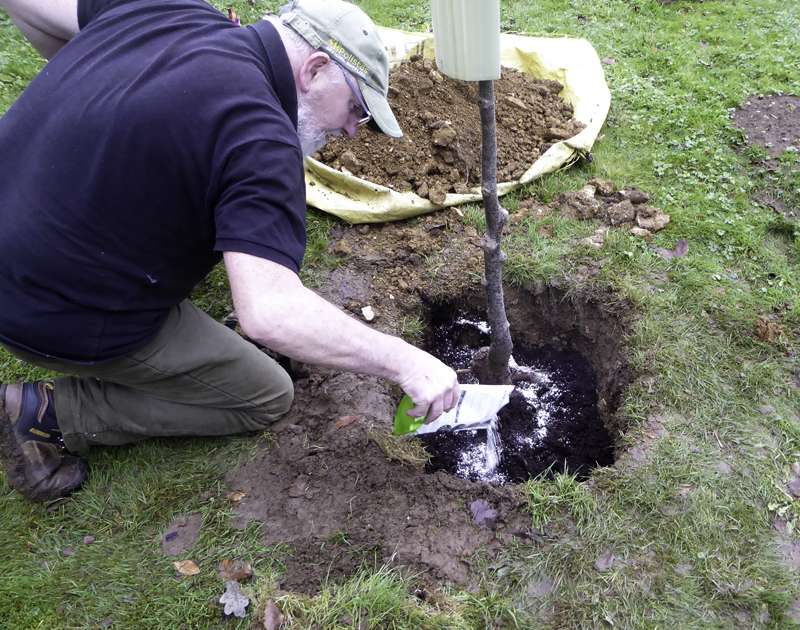
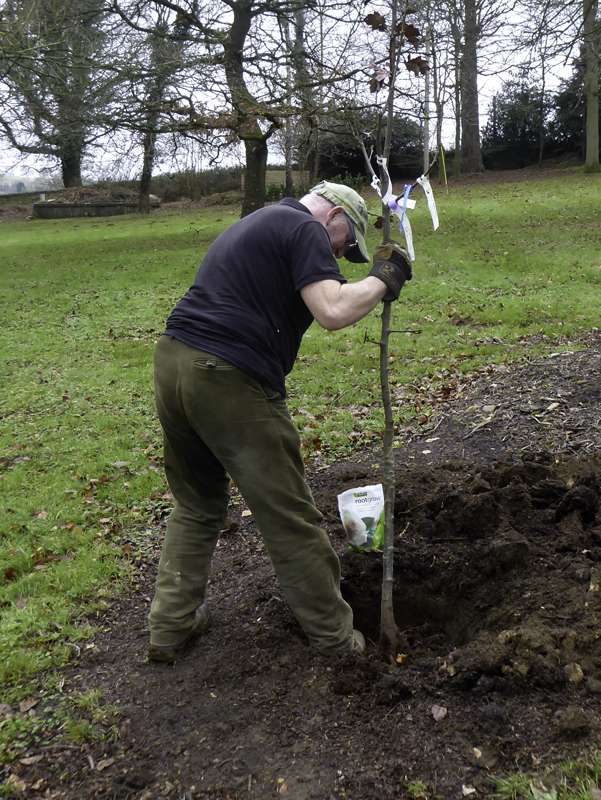
The second tree is planted on the eastern bank of the south lawn, close to the site of a previous tree blown down in a winter storm. It is a wild service tree (sorbus torminalis), a species in the mountain ash (rowan) genus. The leaves are large and dark green becoming yellow or red-brown in autumn. The flowers are 10-15 mm with five white petals. The fruits are eaten by many birds and a few mammals, making the tree ecologically important.
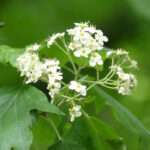
The third tree to be planted shortly will be a cedar of lebanon (cedrus libani). One of the most majestic of all planted trees with its layers of branches and grey-green foliage, cedar is part of the enduring landscape of some of our grandest estates. It is destined for the southwest lawn area, eventually to replace an existing tree.
___________________________________________
